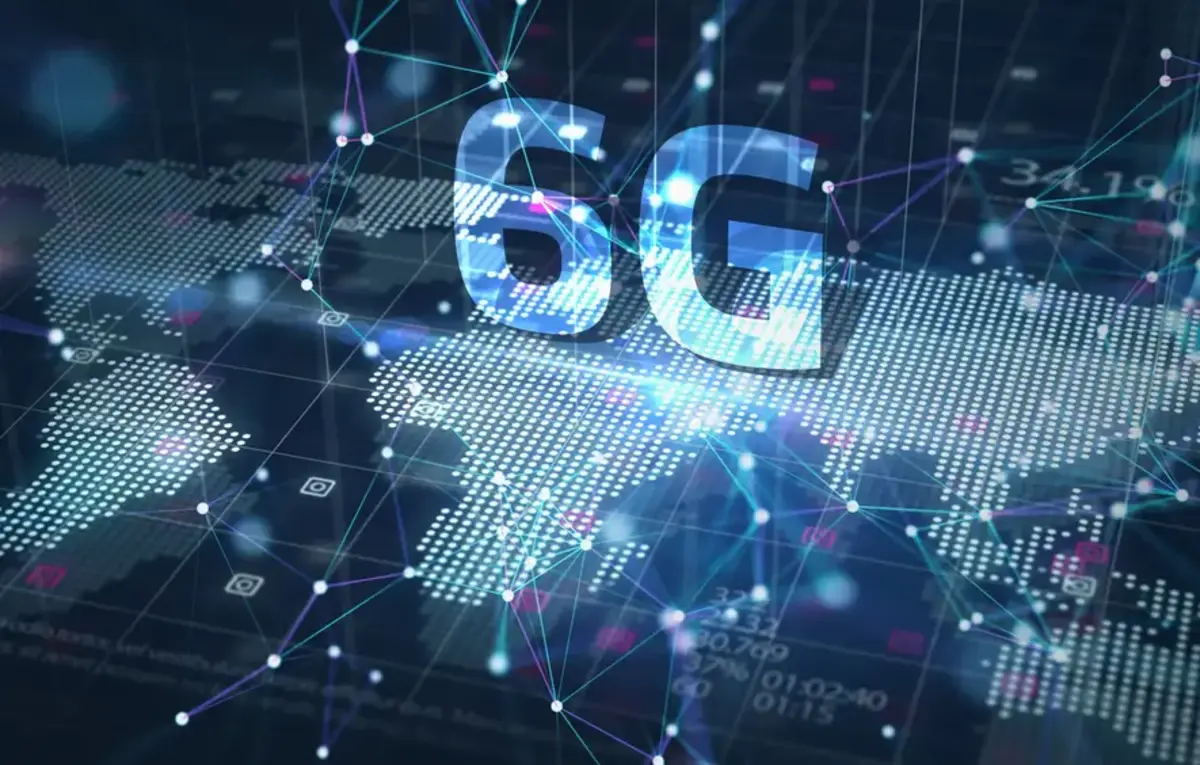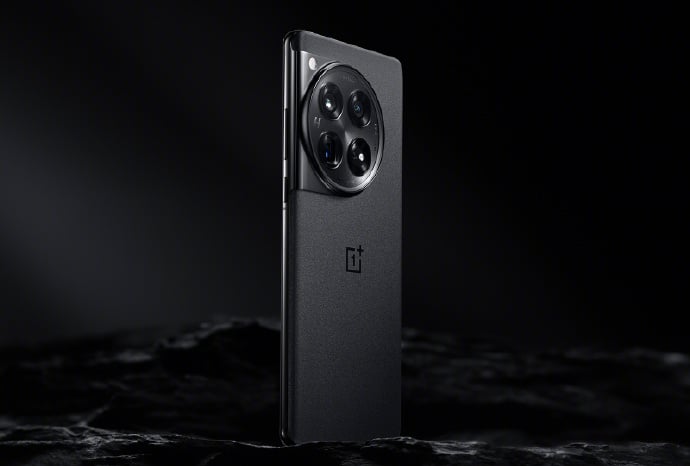The International Telecommunications Union (ITU) has published a framework for the development of radio interface standards and technologies for sixth-generation mobile systems, popularly known as 6G. Details of the 6G framework are contained in ITU-R M.2160 Recommendation on the “IMT-2030 Framework”, which was approved at the last meeting of the ITU Radiocommunication Assembly (RA-23) in Dubai, United Arab Emirates.
The ITU Radiocommunications Sector (ITU-R) will now focus on defining the technical requirements, application process and evaluation criteria for potential 6G radio interface technologies.
“Mobile communications are a central part of our efforts to ensure everyone is fully connected,” said ITU Secretary General Doreen Bogdan-Martin. “By agreeing on the further development of 6G, ITU Member States have taken an important step towards ensuring that technological progress is synonymous with accessibility, security and sustainability, supporting sustainable development and digital transformation everywhere.”
The ITU-R recommendation represents significant progress in the development and implementation of common standards for mobile systems using 6G. All previous generations of mobile communications (analog cellular (1G), digital cellular (2G), IMT-2000 (3G), IMT-Advanced (4G) and IMT-2020 (5G)) have also been standardized through the ITU.
“Terrestrial wireless systems to be developed under IMT-2030 are expected to drive the new wave in radio communications, promote digital equality and promote universal connectivity,” said Mario Manevich, Director of the ITU Radiocommunication Bureau. “The publication of the Recommendation on future 6G mobile technologies is a testament to ITU’s multi-stakeholder approach, which enables the development of widely accepted technical and regulatory solutions.”
For the next phase of 6G development, companies and industry associations will submit proposals for the IMT-2030 radio interface technology (RIT) for consideration by ITU-R in early 2027. These submissions will then be evaluated against agreed minimum requirements prepared by an ITU expert. The IMT systems group (ITU-R Working Group 5D) with the expectation of having final 6G technology standards approved by 2030.
The IMT-2030 Framework Recommendation identifies 15 opportunities for 6G technology. Nine of these capabilities come from existing 5G systems.
IMT-2030 is also expected to help meet the growing need for environmental, social and economic sustainability, as well as supporting the goals of the Paris Agreement of the UN Framework Convention on Climate Change.
Expected 6G use cases include:
- Engaging communication that provides users with rich and interactive video.
- Ultra-reliable, low-latency connectivity for expanding smart industrial applications including telemedicine, power and grid management.
- Improved universal connectivity, especially in rural, remote and sparsely populated areas, to bridge the digital divide.
- Large-scale communications include expanded use of Internet of Things (IoT) devices and applications in smart cities, intelligent transportation systems, and sectors such as healthcare, agriculture, energy, and environmental monitoring.
- Communication to support artificial intelligence (AI) and AI-based applications.
- Built-in multidimensional sensor for advanced navigation and high-precision positioning, including object and asset detection, localization, imaging and mapping.
The ITU Radiocommunication Assembly, held from 13 to 17 November, also agreed on “IMT-2030” as the technical framework for the latest generation of international mobile telecommunications and updated the principles for the future development of IMT (Resolution ITU-R 65). to 2030 and beyond.













